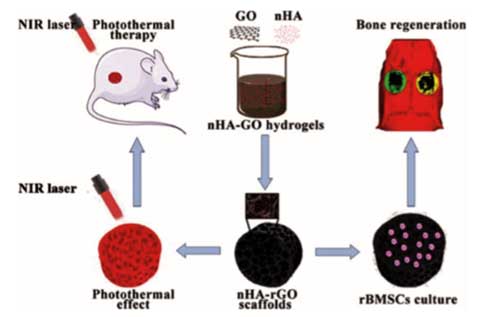
Anti Deep Ze 662
• ' / ' Released: 2 December 1971 • ' / ' Released: 21 February 1972 The untitled fourth studio album by the English band, commonly known as Led Zeppelin IV, was released on 8 November 1971. It was produced by guitarist and recorded between December 1970 and February 1971, mostly in the country house. The album contains one of the band's best known songs, '. The informal setting at Headley Grange inspired the band, and allowed them to try different arrangements of material and create songs in a variety of styles. After the band's previous album received lukewarm reviews from critics, they decided their fourth album would officially be untitled, and would be represented instead by four symbols chosen by each band member, without featuring the name or any other details on the cover.
721x480 (433kb) 721x480 (367kb) 721x480 (264kb) 721x480 (414kb) 721x480 (368kb). NO DOUBT COMMON AMETRIA DEEP PUDDLE DYNAMICS LUKE VIBERT & BJ. THE CURE CATATONIA FOO FIGHTERS ANTI POP CONSORTIUM SCRITTI. Wilson Alex Costas W.ze Fool/Tommy III 3 DOORS DOWN STIR TORI AMOS. CURE 570 662 4652 603 2245 5439 CREED PETER SEARCY.

Unlike the prior two albums, the band was joined by some guest musicians. Joining (vocals), (guitar), (bass, multi-instrumentalist), and (drums) were vocalist on ', and former piano player on '. As with prior albums, most of the material was written by the band, though there was one cover song, a hard rock re-interpretation of the blues song '.'
The album was a commercial and critical success and is Led Zeppelin's best-selling, shipping over 37 million copies worldwide. It is one of the, while critics have regularly placed it highly on lists of the greatest albums of all time. Most of the album was recorded at in Hampshire. Following the release of in October 1970, the group took a break from live performances to concentrate on recording a follow-up. They turned down all touring offers, including a proposed New Year's Eve gig that would have been broadcast by television. They returned to, a country house in, Wales, to write new material.
Recording sessions for the album began at ', London in December 1970. The group had considered 's home, as a recording location, but decided it was too expensive.
James Batson. 'Build Your Own Hydraulic Forging Press has a book on amazon. This is the link. This is a link to a PDF of Mathew D Walkers design. This is a video from Dragonfly Forge on a neat press no plans so far. I can share with you a few ideas. There are a number of ways to provide power to a hydraulic press. Build your own hydraulic forging press pdf file. As for cost, mine was built for about $ 1000 with all new hydraulic components. All the other material was scrounged from scrap sources. The labor to build is about the same as a good treadle hammer. If someone would rather buy than build, Ron Claiborne from Knoxville, TN builds a real nice press for sale. Build Your Own Hydraulic Forging Press If you are looking for the book by Jim Batson Build Your Own Hydraulic Forging Press in pdf format, in that case you come on to the right website. I believe the way a blacksmith will use the. Horizontal Hydraulic Press Brake PP200. The versatility of the best Horizontal Hydraulic Press Machine NARGESA PP200 makes it. In the PDF file you will be. Online Knife making books on Google. Build Your Own Hydraulic Forging Press. You can google search the title with '.pdf'. To build a big boy hydraulic shop press.
They subsequently moved the following month to, a in, England, using the and engineer, with the Stones' assisting. Johns had just worked on engineering and recommended the mobile studio. Guitarist and producer later recalled: 'We needed the sort of facilities where we could have a cup of tea and wander around the garden and go in and do what we had to do.' This relaxed, atmospheric environment at Headley Grange also provided other advantages for the band, as they were able to capture spontaneous performances immediately, with some tracks arising from the communal jamming. Bassist and keyboardist remembered there was no bar or leisure facilities, but this helped focus the group on the music without being distracted. Once the basic tracks had been recorded, the band added overdubs at in February.
Page then took the completed master tapes to in Los Angeles for mixing, on Johns' recommendation, with a plan for an April 1971 release. However, the band disliked the results, and so after touring through the spring and early summer, Page remixed the whole album in July. The album was delayed again over the choice of cover, whether it should be a, with a possible suggestion it could be issued as a set of. Songs [ ] Side one [ ] ' was named after a dog that hung around Headley Grange during recording. The riff was written by Page and Jones, while the a cappella section was influenced by Fleetwood Mac's '.